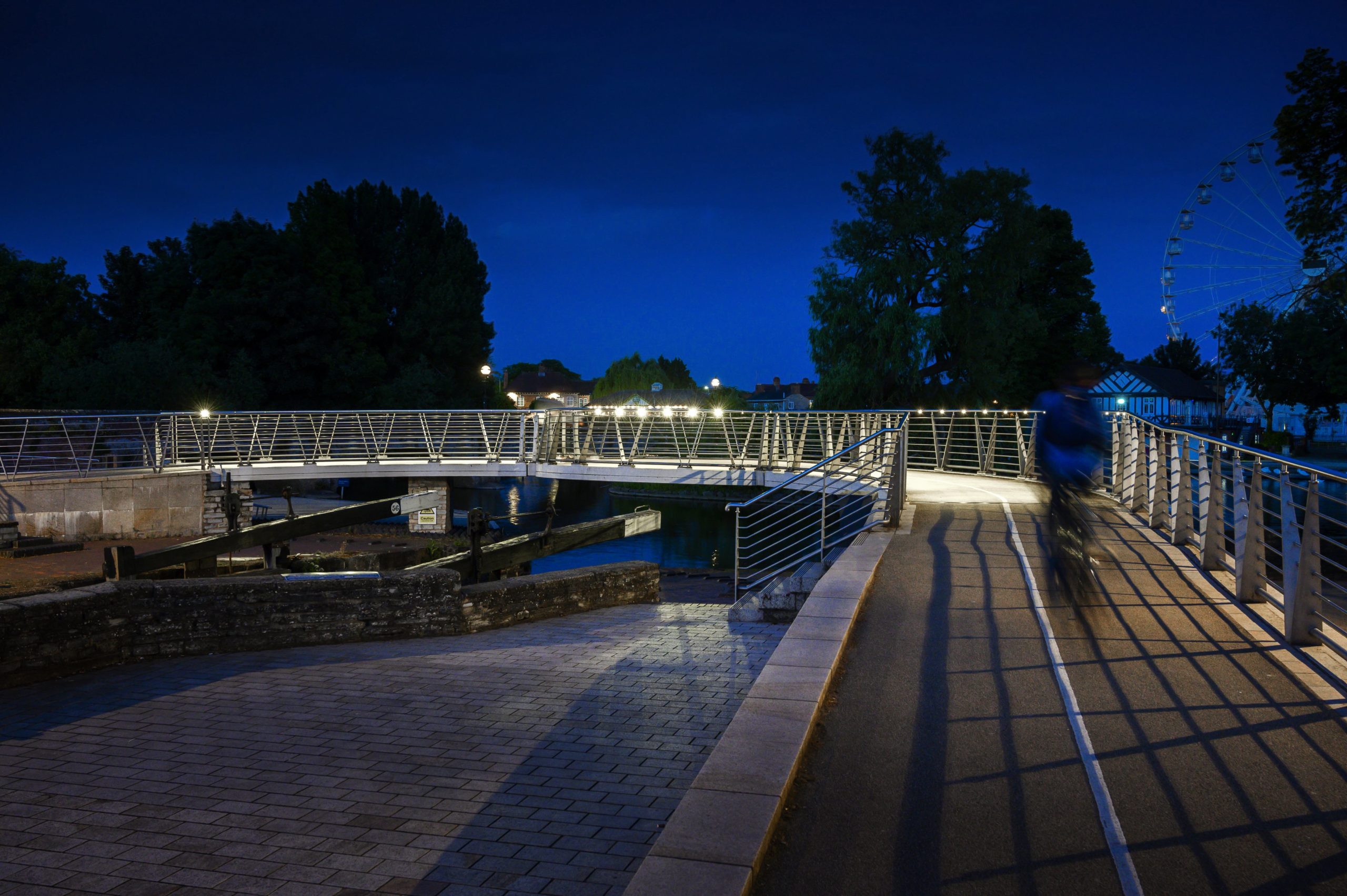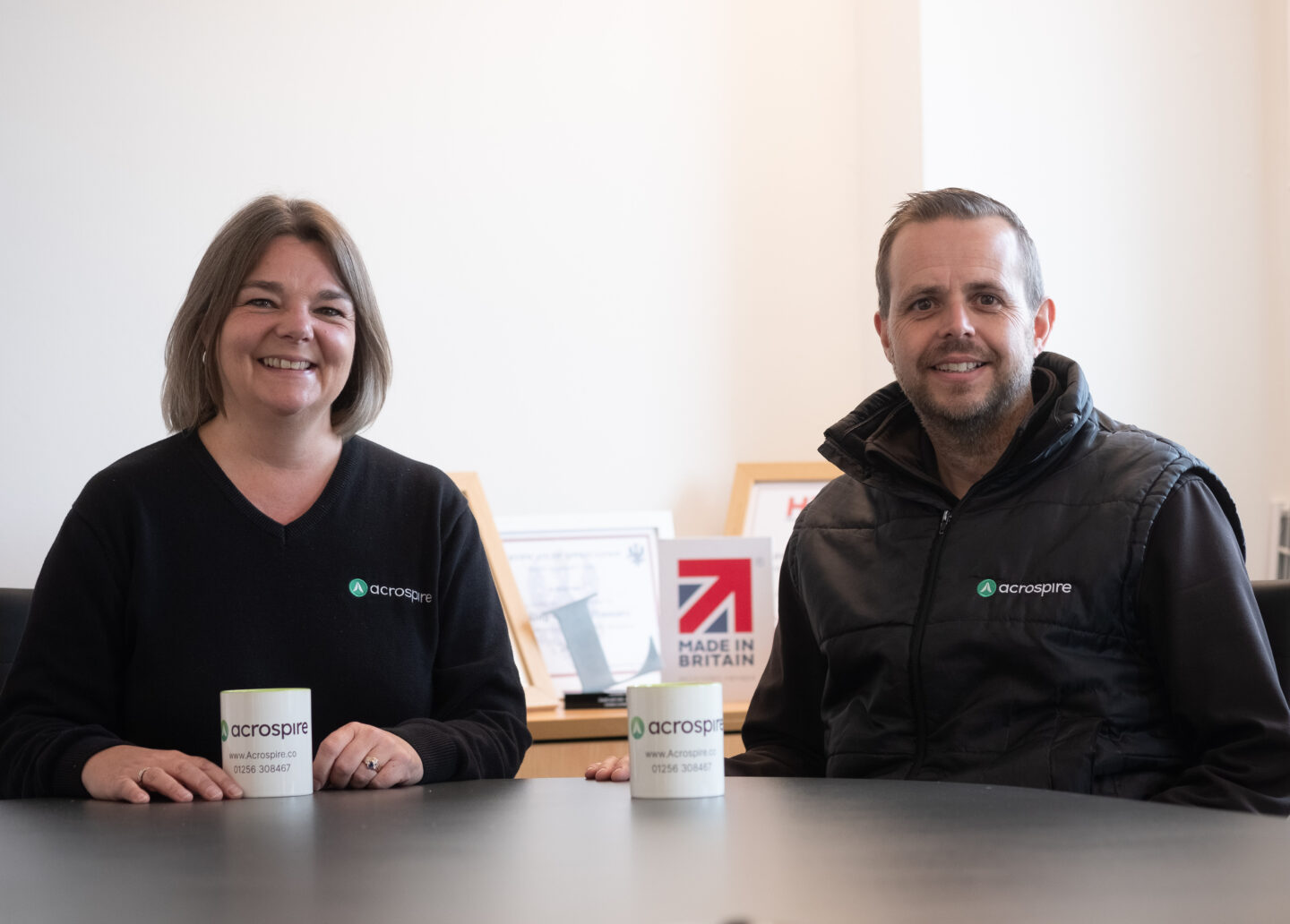Top 5 Benefits of Choosing a Prefab House for Your Next Home Project
In recent years, the demand for sustainable and efficient living solutions has led to a surge in the popularity of Prefab Houses. According to a report by the National Association of Home Builders, the prefab housing market is expected to grow by 25% over the next five years, reflecting a significant shift in how consumers view home construction. This shift is fueled not only by the desire for faster build times but also by an increasing awareness of environmental impact and energy efficiency.
Industry expert Lisa Thompson, a leading voice in sustainable architecture, noted, "Prefab Houses present an innovative solution that combines design flexibility with reduced construction waste." This perspective highlights the adaptability of prefab designs, allowing homeowners to customize their living spaces while minimizing their carbon footprint. As traditional building methods become more scrutinized for their environmental impact, prefab construction stands out as a viable alternative that meets the needs of the modern homeowner.
The benefits of choosing a Prefab House for your next home project extend beyond just environmental considerations; they include cost savings, faster completion times, and enhanced quality control. As the industry continues to evolve, more individuals and families are recognizing that prefab building is not just a trend, but a practical solution for contemporary living.
The Cost-Effectiveness of Prefab Homes Compared to Traditional Building Methods
Prefab homes have emerged as a cost-effective alternative to traditional building methods, making them an attractive option for many homebuyers. One of the main benefits lies in reduced construction costs. Because prefab houses are built in controlled factory environments, they minimize waste and allow for bulk purchasing of materials, which can significantly lower the overall expenses compared to conventional building.
When considering a prefab home, it’s essential to plan meticulously to ensure the best usage of resources. **Tip:** Research different manufacturers to compare prices and services. Look for companies that offer customizable options while remaining budget-friendly. Additionally, streamline your design process; simpler designs typically translate into lower costs, as they require less labor and fewer materials.
Another financial advantage of prefab homes comes from expedited construction time. As these homes are assembled quickly once they reach the site, homeowners can move in sooner, which reduces the overall financing costs associated with long construction periods. **Tip:** Be sure to establish a clear timeline and communicate regularly with the manufacturer to avoid delays. This proactive approach can help you stay on track with your project and avoid unexpected expenses.
Top 5 Benefits of Choosing a Prefab House for Your Next Home Project
| Benefit | Prefab Homes | Traditional Homes |
|---|---|---|
| Cost-Effectiveness | 20-30% cheaper on average | Standard market price |
| Construction Time | Completed in 3-6 months | Completed in 6-12 months |
| Customizability | High level of customization | Limited by design packages |
| Sustainability | Constructed with eco-friendly materials | Varies by builder |
| Energy Efficiency | Energy-efficient designs and materials | Often built with less efficient materials |
Faster Construction Times: Why Prefabrication Accelerates Your Home Project
Faster construction times are one of the most significant advantages of choosing a prefab house for your next home project. According to the National Association of Home Builders (NAHB), prefabricated homes can be built 30% faster than traditional site-built homes. This expedited timeline is largely due to the streamlined manufacturing process, where components are constructed in a controlled environment before being transported to the building site. As a result, construction delays due to weather or site conditions are significantly minimized.
When considering a prefab house, it is essential to plan meticulously. Here are a few tips to enhance your building experience: First, research different prefab designs and manufacturers to find the best fit for your needs. Establishing strong communication with your manufacturer can ensure that the project runs smoothly. Second, be proactive about site preparation. Ensuring that your land is ready prior to the arrival of prefab units can further speed up the overall construction process.
Moreover, some reports indicate that opting for prefab homes can lead to cost savings of up to 20% compared to conventional building methods, as reduced labor time translates into lower overall costs. This efficiency, coupled with quality construction, makes prefab homes an attractive option for modern home builders looking to save time and money without compromising on quality.
Sustainability Benefits: How Prefab Homes Promote Eco-Friendly Living
When considering the sustainability benefits of prefab homes, it’s essential to recognize their innovative construction methods that significantly reduce material waste. According to a report from the National Association of Home Builders (NAHB), traditional construction methods can generate up to 30% more waste compared to prefab techniques. Prefab homes are built in a controlled factory environment, allowing for precise measurements and utilization of materials, which minimizes excess and ensures that resources are used efficiently.
In addition to waste reduction, prefab homes often incorporate eco-friendly materials and energy-efficient designs. A study by the U.S. Department of Energy highlights that these homes can achieve energy savings of 10-20% compared to conventionally built homes, thanks to advanced insulation and energy-efficient appliances that are frequently standard in prefab designs. Moreover, many prefab manufacturers are committed to sustainability, offering options for renewable energy sources like solar panels, further enhancing their eco-friendly appeal. With the growing awareness of environmental issues, choosing a prefab home is not just a stylish decision but also a significant step towards promoting sustainable living.
Design Flexibility: The Creative Possibilities of Prefab Housing Solutions
Prefab houses offer remarkable design flexibility, making them an attractive option for homeowners seeking a custom look without the lengthy construction timelines associated with traditional builds. According to a report from the Modular Building Institute, the prefab construction market has seen steady growth, estimated to reach $157 billion by 2023, as more people turn to innovative housing solutions that allow for individualized designs. This growth is largely due to the ability to create customized layouts and aesthetics that cater to personal preferences, incorporating unique architectural styles and eco-friendly options.
One of the standout features of prefab homes is the ease with which homeowners can adapt and modify designs. Factory-built components can be tailored to fit specific needs—from open floor plans to energy-efficient designs—without the complications and delays of on-site construction. A study from McGraw Hill Construction found that 70% of contractors believe modular construction not only reduces site disruption but also enhances overall project quality, allowing for meticulous attention to detail during the manufacturing process. With the convergence of design technology and prefab building, homeowners can explore a myriad of creative possibilities, ensuring their homes reflect their unique lifestyles and values.
Top 5 Benefits of Choosing a Prefab House for Your Next Home Project
Quality Assurance: The Standards and Control in Prefabrication Processes
Prefabricated houses have gained popularity in recent years, and one of the key factors driving this trend is the stringent quality assurance measures embedded in their construction processes. Prefabrication involves the assembly of standardized components in a controlled environment, allowing for greater oversight and adherence to building codes. This ensures that materials are not only durable but also compliant with safety regulations, ultimately contributing to the longevity and stability of the home.
Moreover, the centralized production of prefab houses means that skilled labor can focus on quality control at each stage of the construction process. This often results in enhanced craftsmanship, as components undergo rigorous inspections before reaching the site. Discrepancies and defects can be identified and addressed in the factory, reducing the likelihood of problems arising during the on-site assembly. As a result, homeowners can enjoy peace of mind, knowing that their investment is backed by a robust quality assurance framework.





